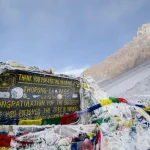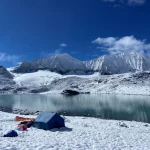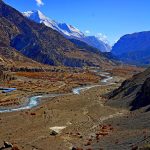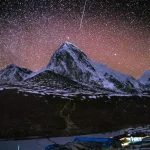Top Trekking in Nepal: Ultimate Guide to the World’s Best Himalayan Adventures
Top trekking in Nepal offers adventurers an unmatched journey into the heart of the Himalayas, home to eight of the world’s fourteen eight-thousander peaks, including Mount Everest. From iconic trails like Everest Base Camp to hidden gems like Upper Mustang, Nepal’s trekking routes blend breathtaking landscapes, rich cultural heritage, and challenging high-altitude adventures.
Whether you’re a novice seeking tea-house treks or a seasoned explorer tackling remote passes, top trekking in Nepal delivers unforgettable experiences in one of the world’s premier adventure destinations.

Everest Base Camp Trek: A Bucket-List Himalayan Journey
The Everest Base Camp trek, a cornerstone of top trekking in Nepal, leads adventurers through the Khumbu region to the base of Mount Everest at 5,364 meters.
This 12–16-day trek winds through Sherpa villages like Namche Bazaar and Tengboche, offering views of Everest, Lhotse, Nuptse, and Ama Dablam. Starting with a thrilling flight to Lukla Airport, the trail crosses suspension bridges, rhododendron forests, and high-altitude valleys. Acclimatization stops at Namche and Dingboche are crucial to prevent altitude sickness, culminating in the awe-inspiring Khumbu Icefall at base camp.

Annapurna Circuit: Diverse Landscapes and Cultures
The Annapurna Circuit trek, a highlight of top trekking in Nepal, spans 15–20 days, showcasing diverse landscapes from subtropical valleys to the arid Tibetan plateau. Crossing the Thorong La Pass at 5,416 meters, the route connects the Marsyangdi and Kali Gandaki valleys. Starting from Besisahar, trekkers pass through Hindu lowlands, Buddhist highlands, and traditional villages, with views of Annapurna, Dhaulagiri, and Manaslu. The sacred Muktinath Temple marks a spiritual highlight, blending cultural immersion with stunning scenery.
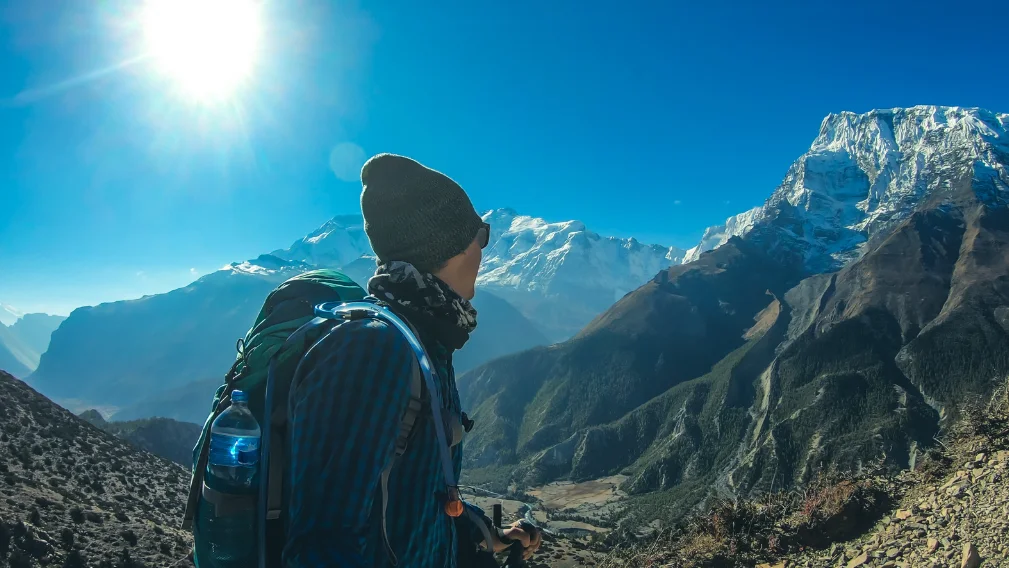
Annapurna Base Camp: The Himalayan Amphitheater
The Annapurna Base Camp trek, a gem of top trekking in Nepal, leads to the Annapurna Sanctuary at 4,130 meters, surrounded by Annapurna I (8,091m), Annapurna South, Machapuchare, and Hiunchuli. This 7–12-day trek from Pokhara passes through Gurung and Magar villages, terraced hills, and rhododendron forests. The Modi Khola valley leads to a stunning base camp where sunrise illuminates the peaks, creating a breathtaking spectacle for trekkers.

Manaslu Circuit: Remote Wilderness Adventure
The Manaslu Circuit trek, a lesser-known route in top trekking in Nepal, circles the eighth-highest peak, Manaslu (8,163m), over 14–18 days. Crossing the Larkya La Pass at 5,213 meters, this trek requires special permits due to its restricted area status. Starting from Gorkha, the trail follows the Budhi Gandaki river through remote villages and ancient monasteries, offering views of Himalchuli and Ganesh Himal, and immersion in Tibetan Buddhist culture.

Langtang Valley: Accessible Himalayan Beauty
The Langtang Valley trek, a favorite in top trekking in Nepal, offers stunning scenery near Kathmandu within Langtang National Park. This 7–10-day trek explores the “Valley of Glaciers,” home to red pandas and Himalayan black bears. Passing through Tamang villages rebuilt after the 2015 earthquake, the trail features Kyanjin Gompa and views of Langtang Lirung (7,227m), blending natural beauty with cultural resilience.
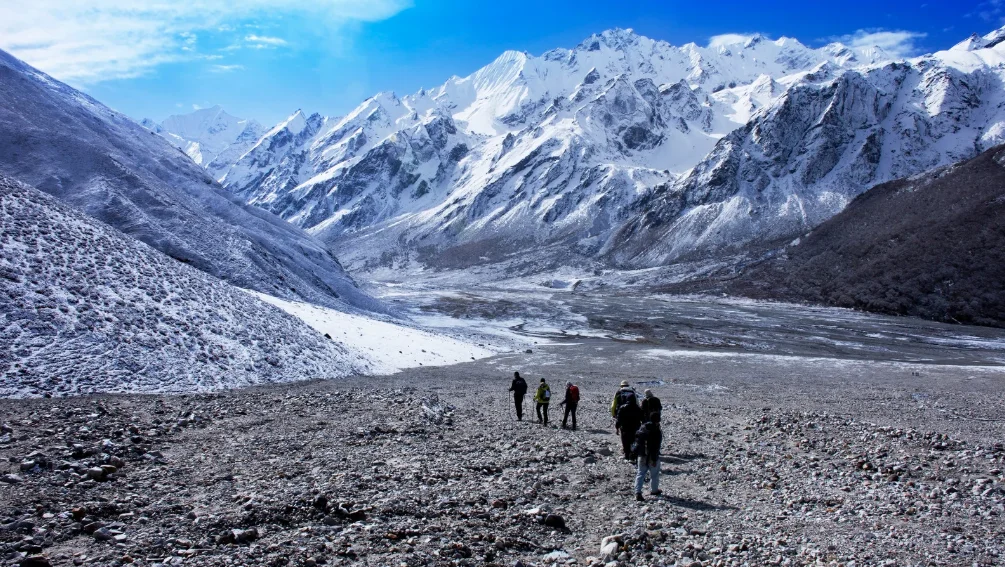
Upper Mustang: The Forbidden Kingdom Trek
The Upper Mustang trek, a unique offering in top trekking in Nepal, explores the former Kingdom of Lo over 10–14 days. Requiring special permits, this trek ventures into a restricted Tibetan enclave with medieval culture, ancient caves, and the walled city of Lo Manthang. Starting from Jomsom, the trail traverses desert landscapes and offers views of Nilgiri and Annapurna, immersing trekkers in preserved Tibetan traditions.
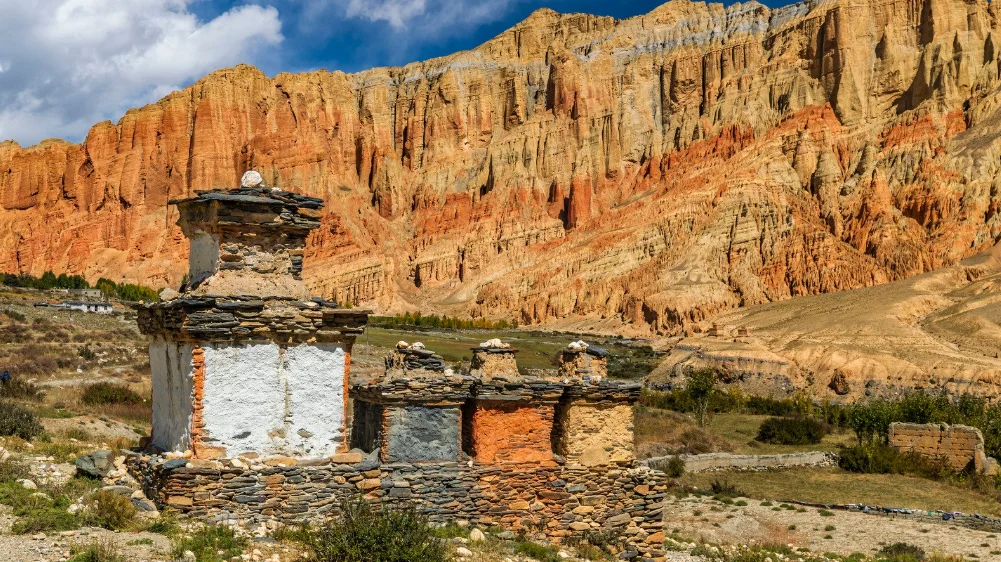
Best Seasons for Top Trekking in Nepal
The best seasons for top trekking in Nepal are pre-monsoon (March to May) and post-monsoon (September to November), offering stable weather and clear mountain views. Spring brings blooming rhododendrons and milder temperatures, though high passes may have snow.
Autumn, the peak season, provides crisp air and optimal visibility for peaks like Everest and Annapurna. Winter (December to February) suits lower-altitude treks, while the monsoon (June to August) is ideal for rain-shadow areas like Upper Mustang but challenging elsewhere due to rain and landslides.
Preparation and Permits for Top Trekking in Nepal
Preparing for the top trekking in Nepal involves physical training, gear selection, and permit acquisition. Most treks require TIMS cards and conservation area permits, while restricted areas like Manaslu and Upper Mustang need special permits and guides.
Gear includes layered clothing, quality trekking boots, sleeping bags, and first-aid kits with AMS medications. Training should focus on cardiovascular fitness, leg strength, and altitude acclimatization through hiking. Hiring local guides enhances safety and cultural immersion.
Environmental Conservation in Nepal Trekking
Nepal’s trekking regions, like the Annapurna Conservation Area and Sagarmatha National Park, are ecologically sensitive. Rising trekker numbers contribute to waste and trail erosion. Trekkers must follow Leave No Trace principles, packing out waste and using eco-friendly gear.
Climate change affects glaciers and water sources, impacting trails. Supporting local conservation initiatives and choosing sustainable operators ensures top trekking in Nepal remains viable for future adventurers.
Book your best adventures in nepal now from HERE
Top trekking in Nepal offers diverse adventures, from Everest Base Camp to the cultural enclave of Upper Mustang. With proper preparation, permits, and eco-conscious practices, explore the world’s best Himalayan trails for an unforgettable Nepal adventure.
